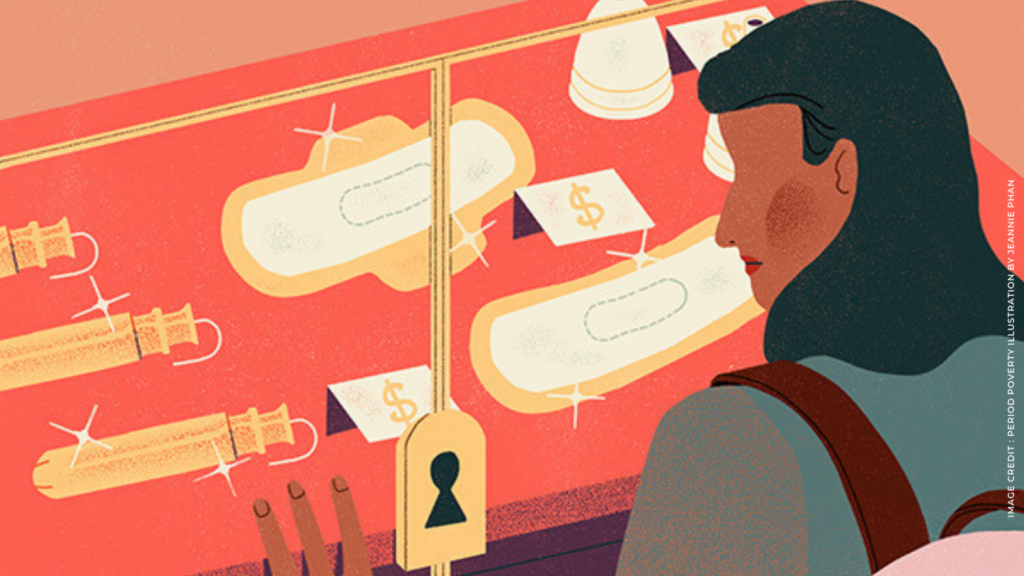Period Poverty is the public health crisis we dont talk about.
More than 1.8 billion people around the world menstruate, which is a normal biological process. And yet, periods are something that can have a serious impact on a young girl or woman’s life. For some, there’s an issue of access. For others, it’s affordability. Add to that cultural norms which stigmatize menstruation, and we see that menstruating can play a large role in taking a girl or woman out of participating in regular daily routines like work or school.
Period Poverty
While period poverty is commonly defined as “poor menstrual knowledge and access to sanitary products”. It is often misunderstood as simply the lack of affordability of menstrual products / supplies. While affordability of menstrual products is a huge part of the issue, period poverty also incorporates the far wider issue of stigma, shame, lack of education and access to both products and information about menstruation.
The entire period poverty is complex socio-economic and cultural issues.It does not only impact those are homeless, but also girls at school, both in high income countries as well as in low-middle income countries. These might include a lack of products, toilet, or disposal facilities, enduring pain, being restricted from activities and locations and the taboo in talking about periods.
Across the globe, there is culture of misinformation being passed to the next generations; merely because they themselves were not given access to adequate information about menstruations. This perpetuates stigma, taboos and myths as misinformation is not called out or corrected.
With this in mind, when we talk about period poverty, we are actually talking about intergenerational issues that holding girls and everyone who menstruates from living life to its fullest. In other words, a large proportion of the global population are disadvantaged for having a period.
Ending Period Poverty With Free Menstrual Products
No one should ever be held back or have to miss out on their education or opportunities or be put in an uncomfortable position because they cannot afford to manage their period hygienically and with dignity.
The solution that is normally advocated is for menstrual products to be made available or distributed to through charities or groups-up initiatives in the community. Most programmes that distribute free menstrual products provide disposable pads (especially in the context of high-income countries sending donation to low-middle income countries). Free and cheaper products definitely necessary in some situations, but we believe it doesn’t create sustainable solutions to these complex socio-economic and culture issues.
Little evidence shows that free disposable menstrual pads alone will keep girls in school. Without comprehensive knowledge and supportive system in the school, girls with disposable menstrual products easily face challenges in disposing the used products. Even worse, some might not know that wearing disposable pads for long periods of time could lead to infection.
Dismantling Menstrual Taboos
Having access to free menstrual products doesn’t necessarily enough to end period poverty. It takes more efforts and fundamental changes to dismantle the whole period taboos in order to create sustainable solutions.
This can be achieved by educating all members of the society – men, women, boys, and girls about menstruation (as a normal biological process just like human would breath, eat and sleep). Understanding and addressing the root causes of period poverty is the only thing that will allow us, as a society, to move towards sustainable and period positive for everyone who menstruates.
Also Read :
Ready to make a switch to ethical product and keen to know about the cup effects, read our firsthand experience here
The article was initially published on 23rd October 2020. Updated on 17th May 2022.



